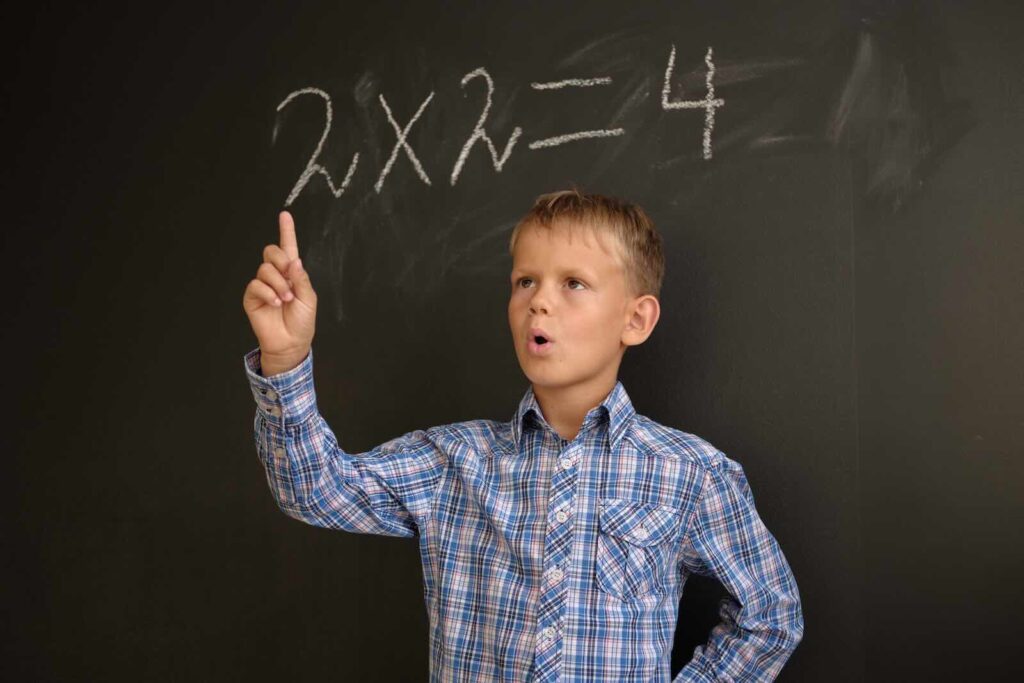Isn’t math supposed to be the same everywhere?
Well, yes — 2+2 is always 4 — but how students learn math can vary a lot depending on the country. And when it comes to Russia and the United States, the difference is pretty significant.
So... which system is better?
🇷🇺 Math Education in Russia
In Russia, mathematics has always been treated as a core science — deeply academic and essential to a well-rounded education.
Math is taught not only in schools, but in virtually every kind of higher education institution.
Students don’t just learn how to solve equations. They also tackle logic puzzles, use formulas, and work with complex functions.
Geometry is a big part of the curriculum too — and while many kids complain that they’ll “never need it,” that usually changes the first time they try to sew, build furniture, or do home repairs!
Math olympiads are held in schools every year, and high school students can choose to join advanced classes to study higher mathematics.
Even preschoolers can get started with mental arithmetic, learning to calculate large numbers in their head within seconds. This not only builds useful skills, but also boosts overall brain development.
However, the Russian system has one major downside: it’s heavily academic. Students gain strong theoretical knowledge, but aren’t always taught how to apply it in real life.
Lessons tend to focus on theory and solving abstract problems — which is one reason many students don’t enjoy the subject.

🇺🇸 Math Education in the United States
In the U.S., math isn’t viewed as quite such a “fundamental” discipline — but it’s still a required subject throughout school.
The big difference? Student choice. American students get more freedom in selecting the subjects they want to study in-depth.
That means students who aren’t planning a STEM career can study math at a basic level — just enough to get by.
But for students who do love math, there are advanced tracks available. These programs can be just as in-depth as those in Russian schools — or even more so.
Another major distinction: real-life application.
In the U.S., lessons often include hands-on activities, games, and projects that show how math works in everyday life. That makes the subject more engaging for many students.
And yes — math olympiads exist in the U.S. too, although they tend to be more niche and focused on advanced learners.

📊 Key similarities & differences of math education in Russia and the United States
| Russia | U.S. | |
| Algebra & Geometry split | Grades 6-7 | Grades 8–9 |
| Advanced / Higher Math | Optional from Grade 10 | Available as electives |
| Math Olympiads | Common and popular | Less common, more specialized |
| Theoretical focus | Emphasized | Minimal |
| Real-life application | Minimal | Emphasized |
| Classroom format | Theory + problem solving | Interactive: projects, games, real-world tasks |
🧮 So… Which Approach Wins?
There’s no easy answer.
The Russian model has produced many brilliant mathematicians, but it also turns some kids off math forever.
The American system is more flexible and practical, but doesn’t always push students to their full academic potential.
We actually explored why math matters in everyday life in this article — this article.
In the end, it’s all about finding what works best for your child.
At Palme School, we value every student’s individuality — and tailor our lessons to fit their needs and learning style. And yes — we can make even grammar lessons feel fun and rewarding!
This summer, give your child a chance to make real progress while still enjoying the holidays. Our playful and effective lessons will surprise you with how quickly results show. Sign up for a free trial lesson today and let us find the best approach for your child. 👇






